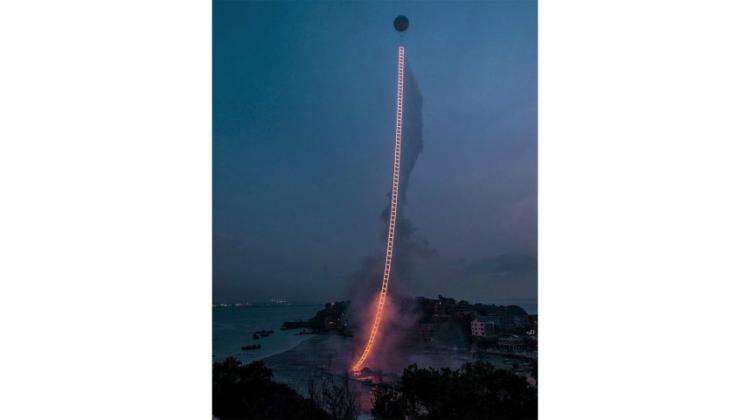The Ubiquity of Asia: Racial Capital, Fireworks, and the Contemporary


The Ubiquity of Asia: Racial Capital, Fireworks, and the Contemporary
**Registration REQUIRED via Eventbrite**
**Live webcast link HERE**
Asia is everywhere. Asia feels ubiquitous, from soft to hard power; from high to low culture; and from the Americas to Africa. In the American cycle of capital accumulation, under Giovanni Arrighi's schema, the ubiquity of the United States was marked through notions like Disneyfication (Jean Baudrillard) and "the ascendancy of whiteness" (Rey Chow). Under our contemporary Asian cycle of capital accumulation, this geographic area's affective ubiquity operates much like that of the US by saturating global public sentiment. However, what terms might be used to capture Asia's affective intensity and spread, considering its ubiquity emerges across sites like China, South Korea, and Japan, amongst others? More specifically, how do we contend with geographic space within racial capital today, and what older models surrounding race and capital must be updated in order to fully grapple with this transitional moment in capital accumulation from American empire to Global Asia? Under the American cycle, frames like orientalism and white supremacy emerged to understand Asian racialization. Can these frames still help explain the ubiquity of Asia today?
This talk explores how to discuss race and capital in light of the ubiquity of Asia and its central role in racial capital by privileging affect over representation and objects over subjects. This talk focuses less on Asian bodies or Asian spaces and turns toward aesthetic objects and practices that engage the affective sublime. More specifically, I examine the aesthetics and circulation of fireworks for what they might offer as a lexicon to grapple with the current transition in cycles of capital accumulation and changes in our ideas of space and globality. Fireworks are simultaneously quite American and quite Chinese, and the history of technology surrounding fireworks similarly traces shifts in capital and space. I thus turn to artists, like Cai Guo-Qiang, to help us grapple with racial capital and the frames necessary to contend with the contemporary.
Hentyle Yapp
Hentyle Yapp is associate professor of Performance Studies in the Department of Theatre + Dance at UC San Diego. Yapp previously taught at New York University, Pomona College, and San Francisco State University. His research broadly engages the theoretical and methodological implications of queer, feminist, disability, and critical race studies for questions regarding the state and the transnational. He is the author of Minor China: Method, Materialisms, and the Aesthetic (Duke University Press, 2021) and the co-editor, with C. Riley Snorton, of Saturation: Race, Art, and the Circulation of Value (MIT Press, 2020). His essays have appeared inAmerican Quarterly, GLQ: A Journal of Lesbian and Gay Studies, Verge: Studies in Global Asia, Journal of Literary & Cultural Disability Studies, and Journal of Visual Culture, amongst other venues. He is also a member of the Social Text editorial collective. He received his PhD from UC Berkeley, JD from UCLA Law, and BA from Brown University.
Image (1) credit: Cai Guo-Qiang, Sky Ladder (2015). Photo by Lin Yi & Wen-You Cai.


